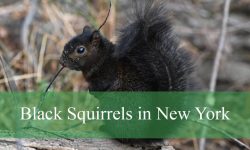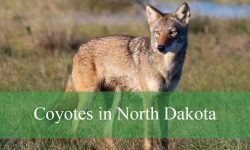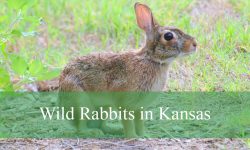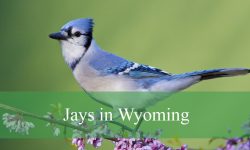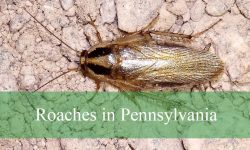Virginia’s diverse landscapes, stretching across forested mountains to humid coastal plains, are home to a surprising variety of lizards. These small, agile reptiles thrive in woodlands, grasslands, and even suburban gardens, where they play vital roles in controlling insect populations and maintaining ecological balance.
Among Virginia’s native species, skinks are the most common, easily recognized by their sleek, shiny scales and quick movements through leaf litter. Others, like the Green Anole and Mediterranean House Gecko, add tropical flair to the state’s warmer regions with their vivid colors and climbing abilities. Each species offers unique adaptations suited to its environment.
This guide introduces 12 fascinating types of lizards found across Virginia. Each section includes detailed identification features, habitat preferences, and behavioral traits to help readers recognize these reptiles in their natural surroundings. Exploring the state’s forests, farmlands, and gardens offers a glimpse into the secret world of Virginia’s remarkable lizards.
Common Types of Lizards Found in Virginia
Eastern Fence Lizard (Sceloporus undulatus)

The Eastern Fence Lizard, sometimes called the “pine lizard,” is a medium-sized species known for its rough, spiny scales and distinct patterns. Males typically have gray to brown coloration with darker crossbands across the back and sides, while females appear slightly duller. During the breeding season, males display striking blue patches on their throats and bellies, which they use in territorial and courtship displays. This species grows to an average length of 4 to 7 inches, including the tail.
In terms of identification, the rough texture of the scales is a key feature that sets the Eastern Fence Lizard apart from smooth-scaled skinks. The body is somewhat flattened, allowing it to cling easily to tree bark and wooden fences. Its long claws and agile movement make it an expert climber. Juveniles often have more pronounced striping and a lighter coloration, which darkens with age.
Behaviorally, the Eastern Fence Lizard is diurnal and prefers sunny areas for basking. It is often seen darting across logs or fence posts before disappearing into vegetation when disturbed. Its diet consists mainly of small insects such as ants, beetles, and spiders. Males are territorial and will perform head-bobbing and push-up motions to assert dominance and attract females.
In Virginia, this lizard is commonly found across the Piedmont and Appalachian regions, particularly in dry, open woodlands, forest edges, and rocky hillsides. It thrives in habitats with scattered trees and ample basking surfaces. Eastern Fence Lizards are well adapted to both natural and suburban environments, often taking advantage of wooden fences and buildings that mimic their preferred natural perches.
Five-Lined Skink (Plestiodon fasciatus)
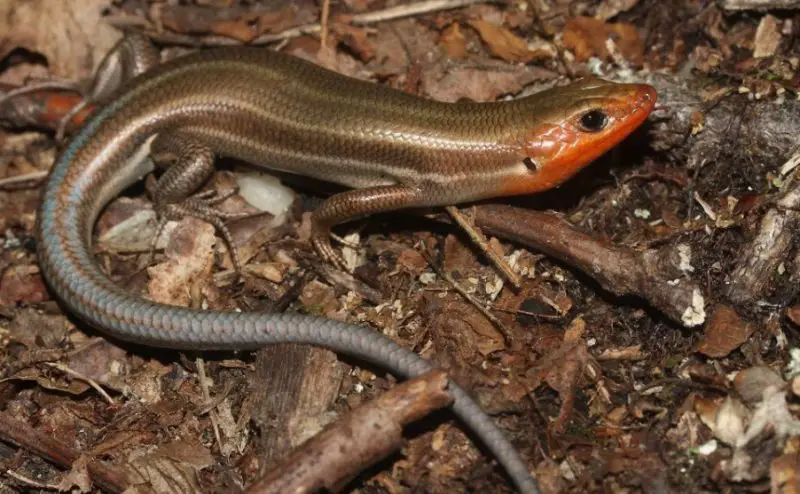
The Five-Lined Skink is one of Virginia’s most familiar lizards, easily recognized by its glossy scales and distinctive five stripes running from head to tail. Adults are typically 5 to 8.5 inches long, with a sleek, cylindrical body and short legs. Juveniles display a bright blue tail, which fades to brown or gray as they mature. Males often lose some of their stripes and develop reddish-orange coloring on the head during the breeding season.
Identification of the Five-Lined Skink relies on its smooth, shiny scales and vivid striping pattern. The body is dark brown or black, with pale yellow or white stripes that extend along the back and sides. The blue tail of young skinks serves as a defense mechanism, drawing predator attacks away from vital areas. When threatened, they can detach their tails, which continue to twitch as a distraction.
This species is an active forager, feeding on a wide range of invertebrates including insects, spiders, and snails. It prefers humid, shaded habitats and is often found beneath logs, leaf litter, and rocks. Five-Lined Skinks are agile climbers and can also be seen basking on trees or fallen branches. Males are territorial and will engage in brief but intense confrontations during the breeding season.
In Virginia, the Five-Lined Skink is widespread throughout the state, inhabiting forests, woodlands, and suburban gardens. It favors areas with loose soil and plenty of cover for hiding. The species is particularly abundant in the central and southern regions, where warm, moist conditions suit its ecological needs.
Broad-Headed Skink (Plestiodon laticeps)

The Broad-Headed Skink is Virginia’s largest skink, reaching lengths of 6 to 13 inches. It has a robust body, large head, and powerful jaws, giving it a distinctive appearance. Adult males develop a reddish-orange coloration on their broad heads during the breeding season, while females and juveniles retain the five-lined pattern similar to the Five-Lined Skink. The smooth, glossy scales and muscular build make this lizard appear sleek and formidable.
This species can be identified by its noticeably wider head and larger size compared to other skinks. While juveniles display bright blue tails and bold stripes, adult males often lose much of this patterning and become more uniformly brown or olive. The tail is long and strong, often used for balance when climbing trees and shrubs. The Broad-Headed Skink’s large jaw muscles give it a powerful bite, used to capture prey or fend off rivals.
Broad-Headed Skinks are primarily arboreal, spending much of their time in trees searching for insects, spiders, and small vertebrates. They are fast, alert, and quick to retreat into tree cavities or beneath bark when threatened. Males exhibit territorial behavior, using head-bobbing and physical confrontations to defend their space during breeding periods.
In Virginia, this species is found mainly in the southern and eastern parts of the state, particularly in mature forests with plenty of decaying logs and leaf litter. They are also common around old wood piles and near the edges of wooded areas. Their preference for warmer climates makes them more abundant in the Tidewater and Piedmont regions.
Little Brown Skink (Scincella lateralis)
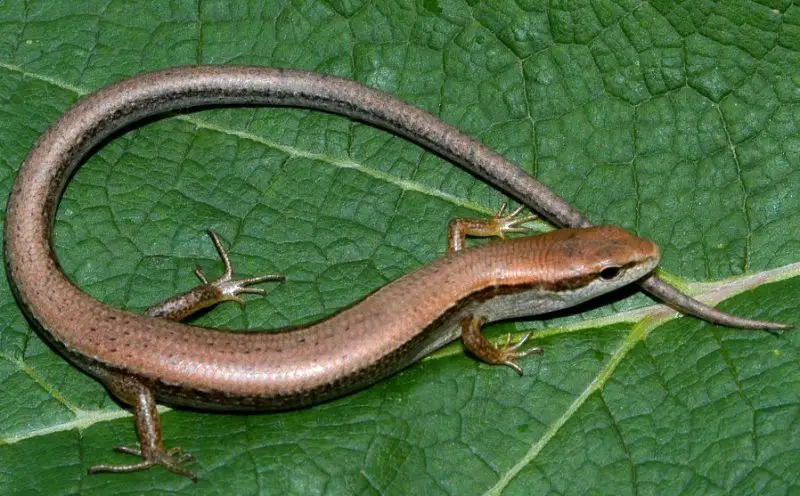
The Little Brown Skink, sometimes referred to as the Ground Skink, is one of the smallest lizards in Virginia, typically measuring only 3 to 5.5 inches in total length. It has a slender body, smooth scales, and a coppery-brown coloration that helps it blend seamlessly into leaf litter. A dark stripe runs along each side from the snout to the tail, providing subtle contrast to its otherwise uniform tone.
This species is easy to identify by its small size and glossy, brown scales. Unlike other skinks, it has reduced limbs, making its movements appear snake-like as it wriggles through debris. The belly is light cream or white, and its tail is proportionally long and thin. Because of its tiny stature and secretive habits, the Little Brown Skink is more often heard rustling through dry leaves than seen in the open.
Behaviorally, the Little Brown Skink is terrestrial and fossorial, spending most of its time hidden under logs, rocks, or leaf litter. It feeds on tiny invertebrates, such as mites, ants, and small beetles. It prefers moist environments and is most active during warm, humid weather. When disturbed, it may quickly burrow into soft soil or sand to escape predators.
In Virginia, this skink is common throughout the southern and central regions, particularly in forested habitats with abundant ground cover. It thrives in deciduous woodlands, forest edges, and shaded ravines. Its ability to live under surface debris makes it well suited to a variety of microhabitats, including gardens and suburban wooded lots.
Ground Skink (Scincella lateralis)
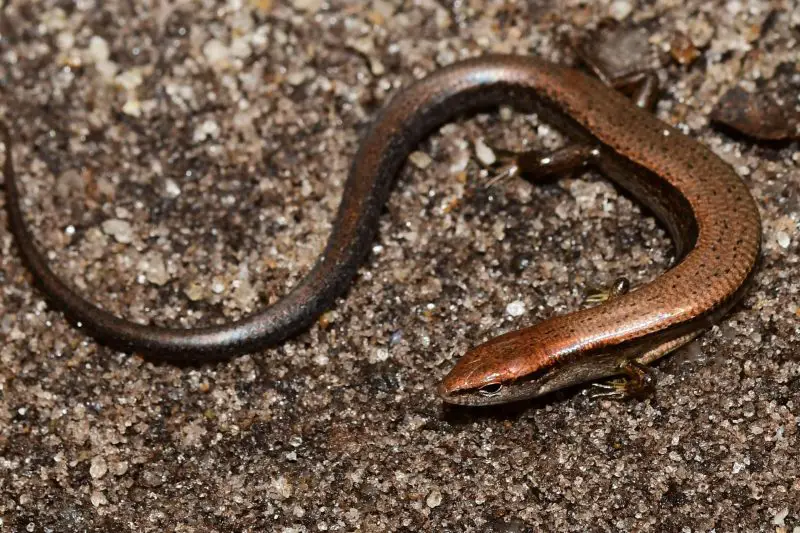
The Ground Skink is simply another common name for the Little Brown Skink, but it highlights the species’ close association with the forest floor. It is a tiny, sleek reptile with a copper to bronze body and smooth scales that glisten in sunlight. Adults average 3 to 5.5 inches long, including the slender tail, which can break off when seized by predators—a typical defense strategy among skinks.
Visually, the Ground Skink can be recognized by the dark lateral stripes running down each side of its body and the pale underside. Its small limbs and quick, serpentine movements allow it to slip effortlessly beneath leaf litter or into soft soil. The eyes are relatively large for its size, giving it a sharp awareness of movement around it.
Ground Skinks are highly secretive and spend most of their lives in leaf litter or under logs. They are diurnal but prefer shaded areas where the soil stays damp. Their diet includes small arthropods, and they rely on stealth rather than speed to ambush prey. During cooler weather, they become less active and may burrow slightly into the ground to avoid temperature extremes.
In Virginia, Ground Skinks inhabit forest floors throughout much of the state, particularly in lowland deciduous forests and moist wooded slopes. They are most frequently encountered in southeastern Virginia and along the Piedmont, where leaf litter and humidity provide ideal conditions. Although rarely seen, they play an important role in controlling insect populations and maintaining soil health.
Coal Skink (Plestiodon anthracinus)

The Coal Skink is a secretive and attractive lizard characterized by its smooth, glossy scales and distinct dark stripes along its sides. Adults usually measure between 5 and 7 inches in total length, with slender bodies and relatively short limbs. The coloration varies from brown to olive, with two broad dark stripes running from the head through the tail, separated by a lighter stripe. Unlike some other skinks, the Coal Skink lacks the vivid blue tail seen in juveniles of related species.
Identification of the Coal Skink can be made by noting the four light stripes—two on each side—that border the broad dark bands. The scales are shiny and overlapping, and the head is small and pointed. During the breeding season, males may develop faint reddish coloration on the sides of their heads. Their tails are long and easily detached when threatened, which helps them evade predators.
Coal Skinks are shy and rarely seen in the open. They prefer to stay under logs, leaf litter, and rocks near moist, wooded habitats. They feed primarily on small insects, spiders, and other invertebrates, capturing prey with quick bursts of speed. When disturbed, they will often dive into leaf litter or hide beneath debris to escape detection.
In Virginia, Coal Skinks are typically found in the Appalachian and Piedmont regions, favoring moist forested areas near streams, seeps, and shaded hillsides. Their preference for damp environments makes them less common in the drier coastal plains. They are most active during warm spring and summer days, especially following rainfall when ground cover is moist.
Common Five-Lined Skink (Plestiodon fasciatus fasciatus)
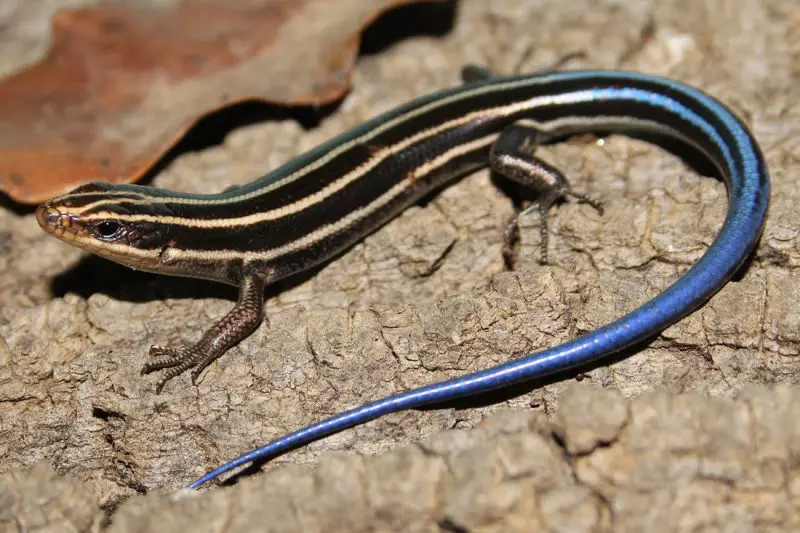
The Common Five-Lined Skink is one of the most frequently encountered lizards in Virginia and is the nominotypical subspecies of Plestiodon fasciatus. Adults reach 5 to 8.5 inches long and display five light stripes running the length of their dark, shiny bodies. Juveniles feature a striking electric blue tail that fades with age, while adult males may show orange or reddish coloration around the head during the breeding season.
This skink’s identification is straightforward due to its pattern of five pale stripes and smooth, reflective scales. The body is usually black or dark brown, and the belly is lighter. Males tend to lose some of the stripe contrast as they age, becoming more uniformly colored. The species’ vibrant juvenile tail helps divert predator attacks, as it can be shed when grasped.
Common Five-Lined Skinks are active, diurnal reptiles that prefer humid environments with plenty of cover. They feed on crickets, beetles, spiders, and other small arthropods. They are quick to retreat into crevices or under logs when threatened and rely on agility to escape predators. During the breeding season, males become territorial and may engage in brief confrontations to secure mates.
In Virginia, this subspecies is widespread throughout forested and suburban areas, thriving in leaf litter, wood piles, and near rotting logs. It is especially common in the Piedmont and mountain regions but also extends into the coastal plains. Its adaptability allows it to coexist with humans in gardens, parks, and wooded neighborhoods.
Southeastern Five-Lined Skink (Plestiodon inexpectatus)
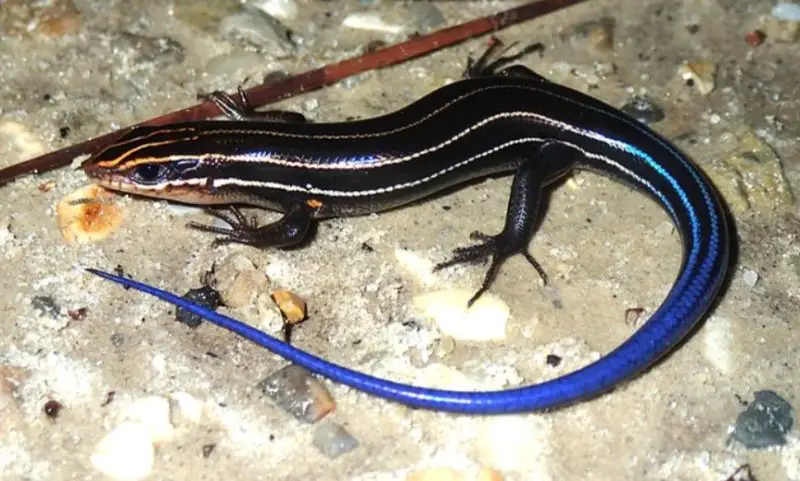
The Southeastern Five-Lined Skink closely resembles the Common Five-Lined Skink but has subtle differences in scale arrangement and habitat preference. Adults measure around 5 to 8 inches long, with dark brown to black bodies marked by five pale stripes. Juveniles have brilliant blue tails that gradually dull with maturity. Males display orange or red tones on their heads during the breeding season.
One key identification trait of the Southeastern Five-Lined Skink is the presence of scale rows on the underside of the tail that are all equal in size, unlike those of the common form. Their scales are glossy, and the body tends to appear slightly more elongated. The stripes may fade more quickly in adults, particularly in males.
Behaviorally, this species is a fast-moving, alert lizard that prefers open woodlands, sandy soils, and sunny areas with scattered vegetation. It forages for insects, spiders, and other small arthropods, using its agility to chase prey through ground litter. Like other skinks, it is capable of tail autotomy, leaving part of its tail behind to distract predators.
In Virginia, the Southeastern Five-Lined Skink is primarily restricted to the southeastern and coastal plain regions, where warmer temperatures and sandy habitats prevail. It often lives near forest edges, dunes, and pine flatwoods. Its tolerance for dry, sandy areas differentiates it from the more moisture-loving Common Five-Lined Skink found farther inland.
Northern Coal Skink (Plestiodon anthracinus anthracinus)
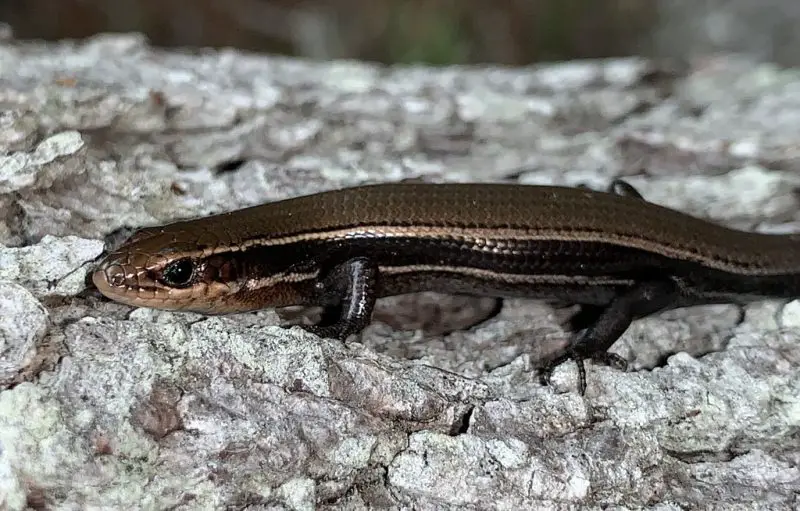
The Northern Coal Skink is the northern subspecies of the Coal Skink and is found throughout the Appalachian regions of Virginia. It is a medium-sized skink, measuring 5 to 7 inches in total length, with smooth, shiny scales and dark lateral bands. Its overall body color is a subdued brown or olive tone, marked by four narrow light stripes along the back and sides.
This lizard is easily identified by the clean, well-defined dark bands and the absence of bright tail coloration in juveniles. The head is small and pointed, and males may develop faint reddish markings during the breeding season. The Northern Coal Skink has a longer body compared to the Southern form and tends to retain sharper stripe contrast.
The Northern Coal Skink is reclusive and seldom seen above ground for long periods. It prefers cool, damp habitats near forest streams, seeps, and rocky hillsides. It feeds primarily on small insects, grubs, and spiders, emerging during warm daylight hours to hunt. When threatened, it quickly retreats under leaf litter or into loose soil.
In Virginia, this subspecies is most common in the western and central Appalachian regions, particularly in shaded, forested slopes and valleys. It thrives in areas with abundant leaf litter and moderate moisture, avoiding dry or open spaces. Its presence is a good indicator of healthy, undisturbed woodland ecosystems.
Southern Coal Skink (Plestiodon anthracinus pluvialis)
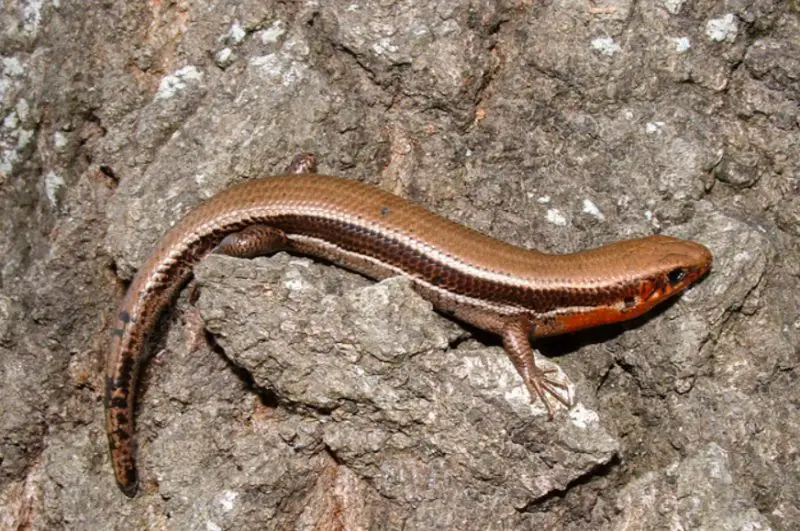
The Southern Coal Skink is the southern counterpart of the Northern Coal Skink and tends to inhabit warmer regions with similar environmental preferences. Adults typically reach lengths of 5 to 7 inches, with a slender body, smooth scales, and distinct dark stripes. The body coloration ranges from light brown to dark olive, and the stripes along the sides are often less sharply defined than those of the northern form.
In identification, the Southern Coal Skink can be distinguished by the less contrasting dorsal pattern and slightly lighter background coloration. Males may develop faint orange or reddish hues around the head during breeding months. Like other skinks, it can shed its tail when captured, a defense mechanism that allows escape from predators.
The Southern Coal Skink is a secretive ground-dwelling species that prefers moist, shaded forest floors and areas near small creeks. It feeds on small insects and invertebrates, moving quickly across leaf litter to capture prey. It is diurnal but tends to avoid excessive heat by remaining under cover during the hottest parts of the day.
In Virginia, this subspecies is more commonly found in the southernmost regions and foothills, where temperatures remain mild. It favors wooded slopes, lowland forests, and streamside habitats with abundant ground debris. Although similar in habits to the northern form, it occupies slightly warmer and lower-elevation habitats.
Mediterranean House Gecko (Hemidactylus turcicus)
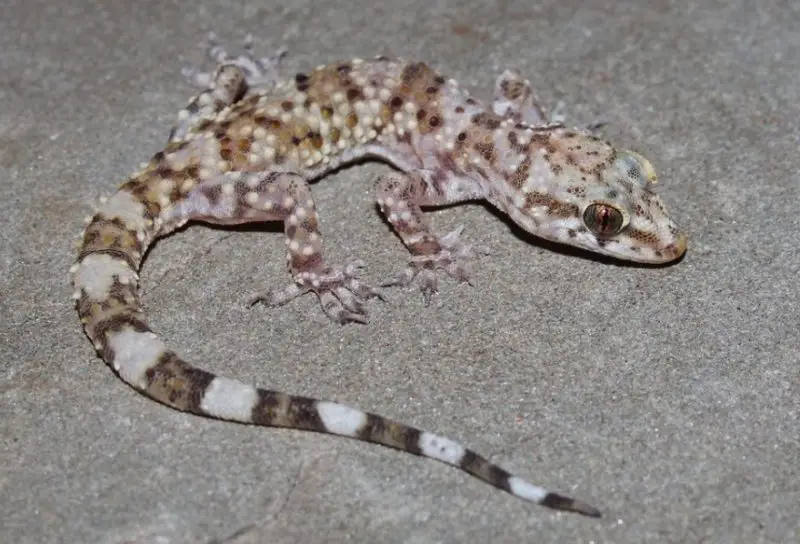
The Mediterranean House Gecko is a small, nocturnal lizard introduced to Virginia through human activity. Adults range from 4 to 5 inches long, including the tail. Their translucent skin varies from light gray to pinkish tan, often mottled with darker spots. The skin’s granular texture and prominent eyes with vertical pupils make them easily identifiable.
Unlike native skinks, this gecko’s toes have adhesive pads that allow it to climb walls and ceilings effortlessly. When illuminated by artificial light, its body appears almost transparent, revealing internal organs faintly. It is primarily active at night and frequently seen hunting insects near outdoor lights.
This species is an opportunistic feeder, consuming moths, mosquitoes, spiders, and other small arthropods drawn to light sources. It relies on stealth and quick strikes to catch prey. During the day, it hides in cracks, under bark, or behind shutters to avoid predators and direct sunlight.
In Virginia, the Mediterranean House Gecko is primarily found in urban and suburban settings in the southern and coastal areas. It thrives around human dwellings, especially in warmer cities where winter temperatures are mild. Although non-native, it poses little threat to local wildlife and has adapted well to life around buildings and lights.
Green Anole (Anolis carolinensis)
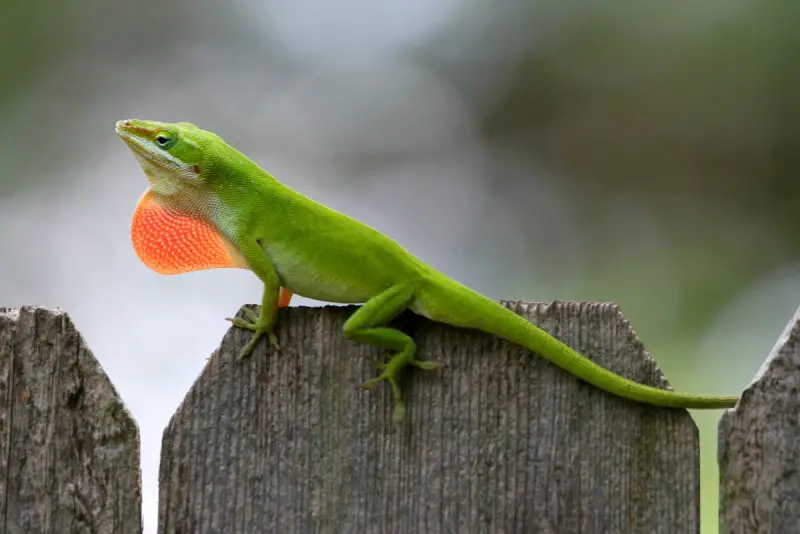
The Green Anole, often called the American chameleon, is a small, agile lizard capable of changing color between bright green and brown depending on temperature, mood, and surroundings. Adults measure about 5 to 8 inches long, including the tail. They have slender bodies, pointed snouts, and long toes equipped with adhesive pads for climbing. Males feature a pinkish throat fan, or dewlap, used for displays.
Identification is easy due to its ability to change color and the presence of the large dewlap. The skin is smooth and fine-scaled, and the tail is long and delicate. The eyes move independently, giving the Green Anole excellent vision for spotting prey. When basking in sunlight, it often exhibits vibrant green tones.
Behaviorally, Green Anoles are active during the day and are often seen on shrubs, fences, and tree trunks. They feed on small insects and spiders, capturing them with quick tongue flicks. Males are territorial and engage in head-bobbing, push-ups, and dewlap displays to deter rivals and attract mates.
In Virginia, Green Anoles are rare and occur mainly in the southeastern coastal plain, where the climate is warmer and more humid. They inhabit gardens, wooded edges, and areas around buildings, often seen basking in sunlight. Their range in the state is limited by cold winters, but they thrive during the long, warm seasons typical of coastal Virginia.
Tips for Observing Lizards in Virginia
Look in Warm, Sunny Areas
Lizards in Virginia are most active during warm, sunny days when they bask on rocks, logs, or fences to regulate their body temperature. Early mornings and late afternoons in spring and summer offer the best chances to spot them. Be patient and move slowly, as sudden movements can cause them to dart into cover.
Check Around Wooded Edges and Leaf Litter
Many skinks, like the Coal Skink and Five-Lined Skink, prefer wooded habitats with plenty of ground cover. Searching around fallen logs, old tree stumps, and leaf litter near forest edges can reveal these elusive reptiles. Always lift logs gently and return them to their original position to avoid disturbing their habitat.
Use Caution When Handling
While most Virginia lizards are harmless, it’s best to observe them without handling. Their tails are fragile and can detach when stressed. If you must handle one briefly for study, be gentle and avoid grabbing the tail. Always wash your hands afterward to reduce the risk of transmitting bacteria.
Provide a Lizard-Friendly Yard
If you enjoy wildlife watching, you can attract lizards by creating a natural habitat in your garden. Include rocks, logs, and leaf piles for shelter and basking spots. Avoid using pesticides, as these reduce insect populations—the main food source for lizards. A diverse, chemical-free yard will invite species like skinks and anoles to thrive nearby.
FAQs About Lizards in Virginia
What is the most common lizard in Virginia?
The most common lizard in Virginia is the Five-Lined Skink (Plestiodon fasciatus). It is widespread across forests, suburban yards, and wood piles. Its bright blue tail in juveniles makes it one of the easiest reptiles to identify in the state.
Are any lizards in Virginia dangerous to humans?
No, all lizards found in Virginia are harmless to humans. They do not possess venom or harmful bites. Most species are shy and will flee at the first sign of danger. Even larger skinks, like the Broad-Headed Skink, rarely bite unless handled roughly.
Do lizards live in urban areas of Virginia?
Yes. Species such as the Mediterranean House Gecko (Hemidactylus turcicus) and the Five-Lined Skink often live near human structures. Geckos are especially common around buildings, streetlights, and walls where insects gather at night.
How can I tell the difference between a skink and a gecko?
Skinks, such as the Coal Skink or Five-Lined Skink, have smooth, shiny scales and are active during the day. Geckos, like the Mediterranean House Gecko, have soft, granular skin and are nocturnal. Geckos also have sticky toe pads that help them climb walls and ceilings, unlike skinks.
Where are Green Anoles found in Virginia?
Green Anoles (Anolis carolinensis) are rare in Virginia and mostly restricted to the southeastern coastal plain. They prefer warm, humid habitats with plenty of vegetation. In these regions, they can often be found basking on fences, shrubs, and trees during sunny afternoons.
What do Virginia’s lizards eat?
Most lizards in Virginia feed on insects, spiders, and small arthropods. They play an important role in controlling pest populations. Larger species, like the Broad-Headed Skink, may also eat small vertebrates such as young frogs or other lizards.
When is the best time to see lizards in Virginia?
The best time to observe lizards in Virginia is during the spring and summer months, especially between April and September. They are diurnal and rely on sunlight for warmth, so sunny days with mild temperatures provide ideal viewing opportunities.
Do Virginia lizards hibernate in winter?
Yes. Most native species enter a period of dormancy or hibernation during cold months. They seek shelter under logs, rocks, or underground burrows where the temperature remains stable. Activity resumes once the weather warms in early spring.
Are lizards beneficial to the environment?
Absolutely. Lizards help maintain ecological balance by feeding on insects and small pests. They also serve as prey for birds, snakes, and mammals, forming an essential link in Virginia’s food web. Encouraging their presence can improve garden health and biodiversity.
Can lizards regenerate their tails?
Yes, most lizards in Virginia can regrow their tails after shedding them to escape predators. However, the new tail is often shorter and duller in color. This ability helps increase their survival chances but comes at the cost of energy and stored fat reserves.

